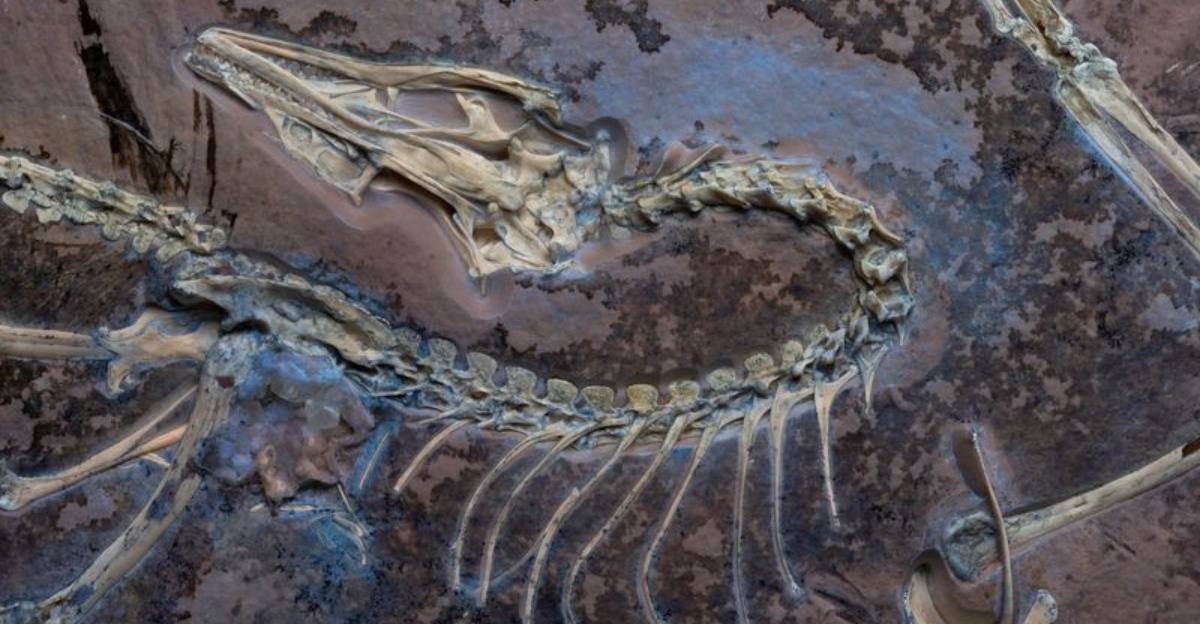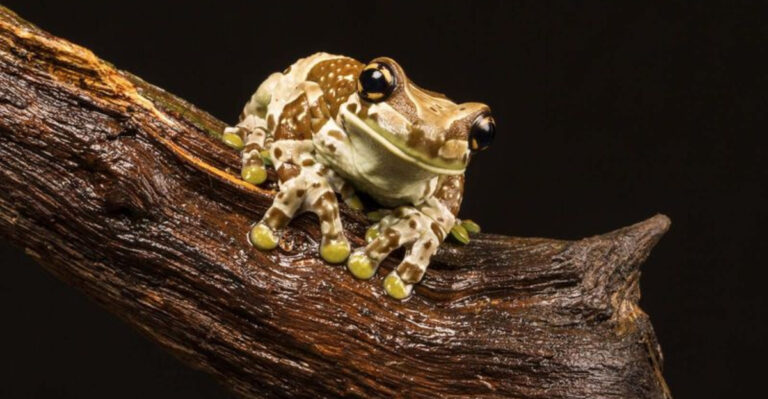Dinosaur Misconceptions: Why Famous Fossils Might Not Be What We Thought They Were

Fossils tell us stories about ancient life, but sometimes these stories change dramatically. Scientists constantly review old discoveries with new technology and knowledge, often finding surprising results.
When a famous fossil gets reinterpreted, it can shake up our entire understanding of prehistoric creatures and how they evolved.
1. Contamination Altered Original Samples

Surprising truth: many famous fossils were handled without modern contamination protocols. Human DNA, bacterial residue, and preservation chemicals have all infiltrated specimens over decades of study.
Laboratory analysis from the 1990s forward has shown that some distinctive features of renowned fossils might actually be artifacts of contamination rather than genuine prehistoric characteristics.
2. Incomplete Specimens Led To Misinterpretations

Paleontologists frequently work with fragmentary remains, filling gaps with educated guesses. The famous T. rex “Sue” was initially missing over 30% of its skeleton, requiring significant reconstruction.
When more complete specimens emerge, these reconstructions often prove inaccurate. The dinosaur Spinosaurus completely changed appearance after additional fossils showed it had shorter legs and different proportions than originally thought.
3. Growth Stages Mistaken For Different Species

Young dinosaurs looked remarkably different from adults. The skull shapes, proportions, and even bone structures changed dramatically as prehistoric animals matured.
Paleontologists now recognize that some separate “species” were actually juveniles of known dinosaurs. Torosaurus and Triceratops sparked heated debate when research suggested they might be the same animal at different life stages.
4. Sexual Dimorphism Created Confusion

Males and females of the same species sometimes look drastically different. This phenomenon, called sexual dimorphism, exists in many modern animals like peacocks and elephant seals. Fossil hunters have classified male and female specimens as separate species before realizing their mistake. The dome-headed Pachycephalosaurus was potentially split into different species until researchers recognized the variation might simply represent males and females.
5. Fossils Distorted During Preservation

Rock layers compress and warp over millions of years. Fossils caught in these geological processes get squashed, stretched, and twisted from their original shapes.
Scientists recently discovered that some famous specimens were significantly distorted. The earliest bird fossil, Archaeopteryx, appears flatter than it was in life, leading to misunderstandings about its flight capabilities and skeletal structure.
6. Advanced Imaging Reveals Hidden Details

Modern scanning technologies show structures invisible to earlier researchers. CT scans and synchrotron radiation have unveiled internal anatomy that completely changes how we classify certain specimens.
The Archaeopteryx, once considered the perfect transitional fossil between dinosaurs and birds, revealed unexpected features under new scans that complicated its position in the evolutionary tree.
7. Reconstruction Biases Shaped Interpretations

Human expectations influence how fossils get rebuilt. Early paleontologists often reconstructed dinosaurs according to prevailing theories rather than strictly following the evidence.
The famous Iguanodon was initially depicted as a heavy quadruped with a nose horn. Later discoveries revealed the “horn” was actually a thumb spike, and the animal could walk on two legs, completely changing scientific understanding of its lifestyle and capabilities.
8. Forgotten Context Led To Misplacement

Field notes sometimes get separated from specimens over decades in museum collections. Without proper documentation, fossils lose critical information about their original location and surrounding geology.
The famous “Archaeoraptor” fossil, announced as a missing link in 1999, turned out to be parts from different animals artificially combined. This embarrassing mistake happened because the specimen lacked proper documentation of its discovery and preparation.
9. Competing Scientific Theories Altered Classifications

Taxonomy shifts as scientific paradigms evolve. The Brontosaurus exemplifies this phenomenon perfectly, being declared invalid for decades before recent analysis reinstated it as a legitimate genus.
Fossil classification reflects current scientific thinking. When fundamental theories about evolution change, entire groups of fossils may need reclassification, as happened when dinosaurs were recognized as warm-blooded and related to birds rather than reptiles.
10. Ancient DNA Challenges Visual Identification

Genetic material occasionally survives in exceptionally preserved fossils. When scientists extract this ancient DNA, the results sometimes contradict classifications based purely on physical appearance.
The Denisovans were identified solely through DNA from a tiny finger bone. Without genetic analysis, this critically important human relative would have been misclassified or overlooked entirely, showing how appearance-based fossil identification can miss crucial evolutionary relationships.
11. Preparators Added Artificial Elements

Museum fossil preparators historically used plaster, paint, and other materials to complete specimens for display. These additions often became indistinguishable from the original bone over time. The famous Diplodocus carnegii skeleton that toured the world contained significant reconstructed portions.
Modern analysis revealed some of these artificial elements influenced scientific understanding of the animal’s posture and anatomy for generations.
12. Previously Unknown Species Caused Confusion

Fossil hunters sometimes assign specimens to familiar categories when they actually represent undiscovered species. The first Velociraptor fossils were misidentified as belonging to a different dinosaur entirely. Later, researchers realized these specimens represented something new.
This pattern repeats throughout paleontology, where famous fossils initially classified as known species turn out to be previously unrecognized animals, forcing reinterpretation of their evolutionary significance.






